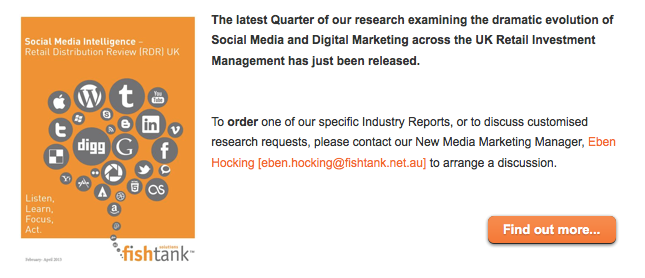As the post-RDR charging landscape begins to emerge, it is reasonable to ask whether the FCA has done its job and lowered the cost of investing. Equally, if it has not lowered the cost, then has it at least made it more transparent?
In the old model, initial charges could be up to 5%, with annual charges of 0.75% for the fund manager, 0.5% for the distributor and 0.25% for the platform. There would then be ancillary fees such as specific wrapper fees, exit fees and transaction fees. In the new model, there is no initial charge, 0.75% in fund management charges and 0.25-0.75% in service fees. So far, so good.
However, Mark Till, head of personal investing at Fidelity argues that he is seeing an increase in hidden or transactional charges from fund platforms. Those platforms offering the lowest headline rates are likely to be those with the highest higher transaction charges. The additional fees on platforms can be significant. Many platforms now charge hefty exit fees, plus fees for ‘events’ such as pension splitting on divorce. They may charge fees for wrappers, switching fees, or fees for valuations or statements. Till argues that platforms may not introduce them until the ‘eleventh’ hour, buried in terms and conditions.
These can mount up to the extent that Till believes only direct investors are likely to see reduced costs as a consequence of the Retail Distribution Review and even then, they have to make sure they are invested in the right type of fund and the right type of share class. In contrast, advised investors and those investing in passive funds are likely to see charges rise as a consequence of the RDR. Equally, investors may no longer be able to save themselves costs by dealing directly with fund provider. Platforms are obliged to put investors into the lowest cost fund, but fund providers are not bound by the same rules.
There is also the question of transparency. Bundled charges certainly lacked transparency, though it could be said that given that performance figures are quoted after fees, if investors weren’t getting value for money it should have been clear in the performance of their funds. But is the new system any clearer for investors?
Certainly, investors can now see that only a relatively small proportion of their overall costs goes to the asset manager. There had been a widespread assumption that the 1.5% fee all went to the asset manager. Realising that active management only costs around 0.4%-0.5% per year more than passive management should show active management in a better light. Equally, understanding how much the platform and adviser costs is undoubtedly more transparent.
However, there are still complexities. For example, Till points out that it makes a difference whether a ‘clean’ share class paying 0.65% has a 0.65% flat fee, or pays 0.75% with a 0.1% rebate, as some have done. The 0.1% is taxable and therefore the overall cost to investors is 0.69%. He believes that this model will be more common than currently expected. Super-clean share classes may muddy the issue further, but he believes that, in practice, relatively few of these will emerge.
It seems that the Retail Distribution has lowered costs but only for some segments of the market. It has hiked the costs of passive funds for example because there is now an explicit platform charge. Equally, in some ways, charges have been made more transparent, but ‘hidden’, additional fees are increasing. The Retail Distribution Review has certainly changed the fee structure, but whether it has made it better is open to debate.
